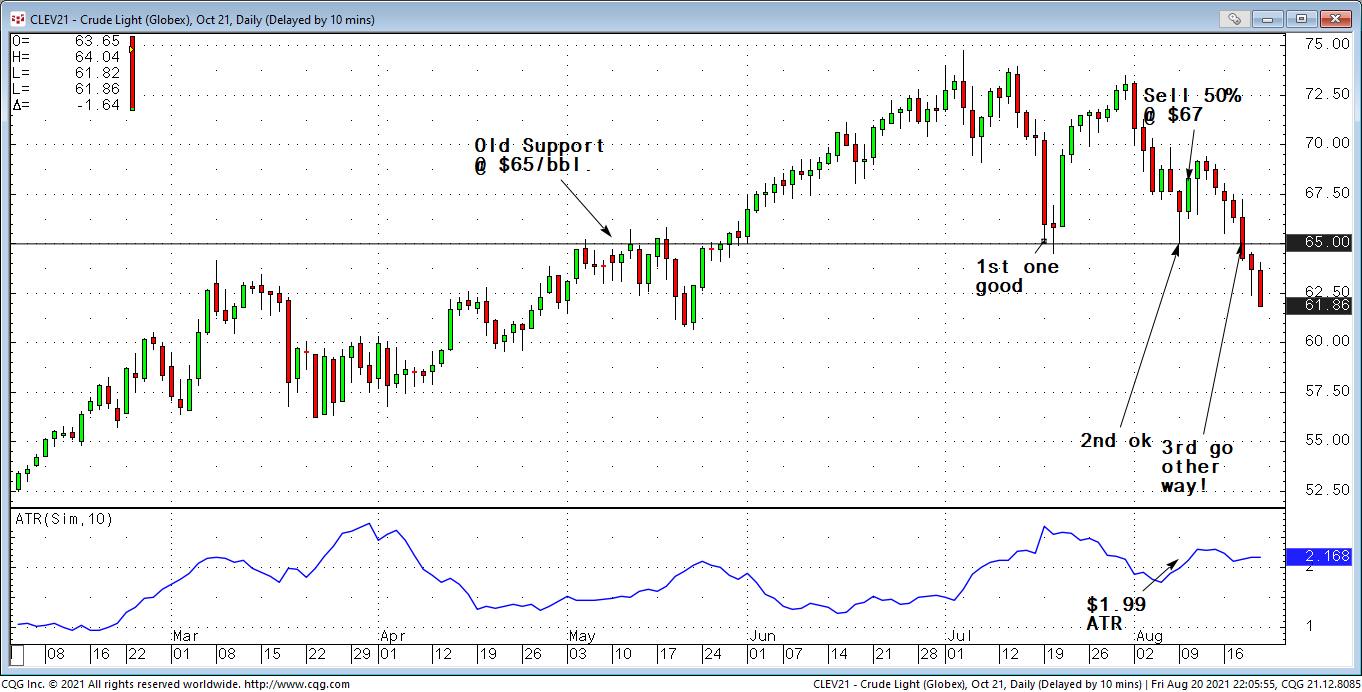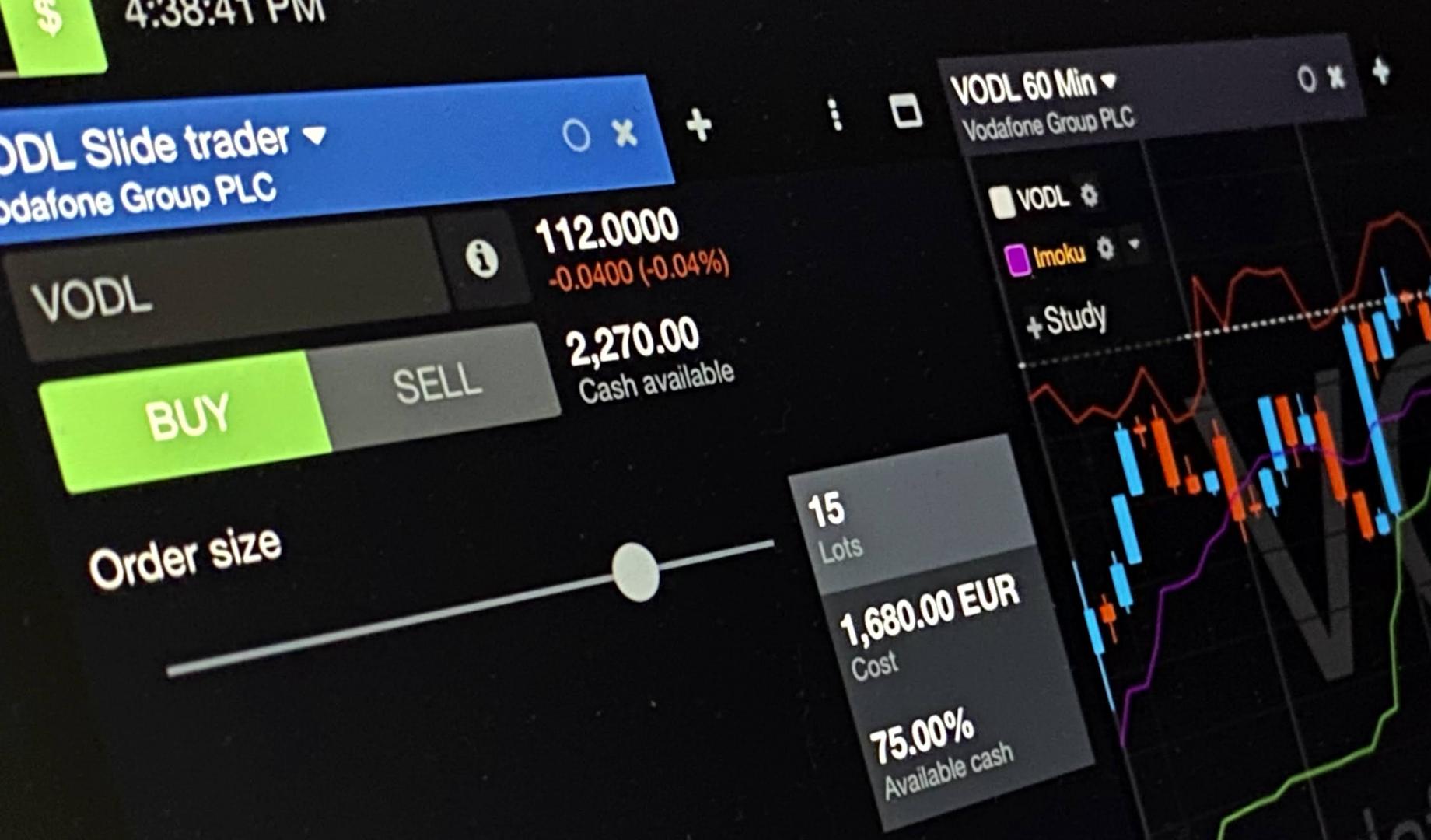In a stunning reversal, petroleum prices recovered all of last week's price plunge plus an additional 2 to 3%. Diminishing COVID-19 concerns and clear signs of recovering demand from the US, China… more
Blogs
There is a wonderful song from the tumultuous 1960s by the band Buffalo Springfield that is so apropos for the financial markets over the last two weeks (staying away from Kabul). The lyrics for… more
I love creating sayings that drive home truths in technical analysis. One of my favorites has always been:
“First test good,
second okay,
third go the other way.”
So,… more
Petroleum prices plunged more than 8% this week, their largest weekly loss in more than nine months. Prices have fallen for seven consecutive days and are at their lowest level since May 20th. The… more
Petroleum prices ended the week mixed as the monthly IEA report warned of slowing demand growth linked to the ongoing resurgence of COVID-19 delta variant cases which reached six-month highs in… more
On Sunday, we acknowledge the 50-year anniversary of Richard Nixon’s decision to close the GOLD EXCHANGE WINDOW and put an end to the post-World War monetary system known as Bretton Woods. I can… more
Russell Napier and Yra Harris on Financial Repression and the Age of Debt.
Russell Napier is author of the Solid Ground Investment Report and co-founder of the investment research portal… more
Early last week Senator Elizabeth Warren made her case against Chair Jerome Powell. In a Financial Times article, the senator blasted Powell for his light regulatory touch while praising the… more
The likely growing impact on demand from a serious resurgence of the delta variant of COVID-19 propelled petroleum prices to their largest weekly drop since the week of October 2nd , 2019.… more







